Home>Gardening & Outdoor>Landscaping Ideas>How To Grow Decorative Grass
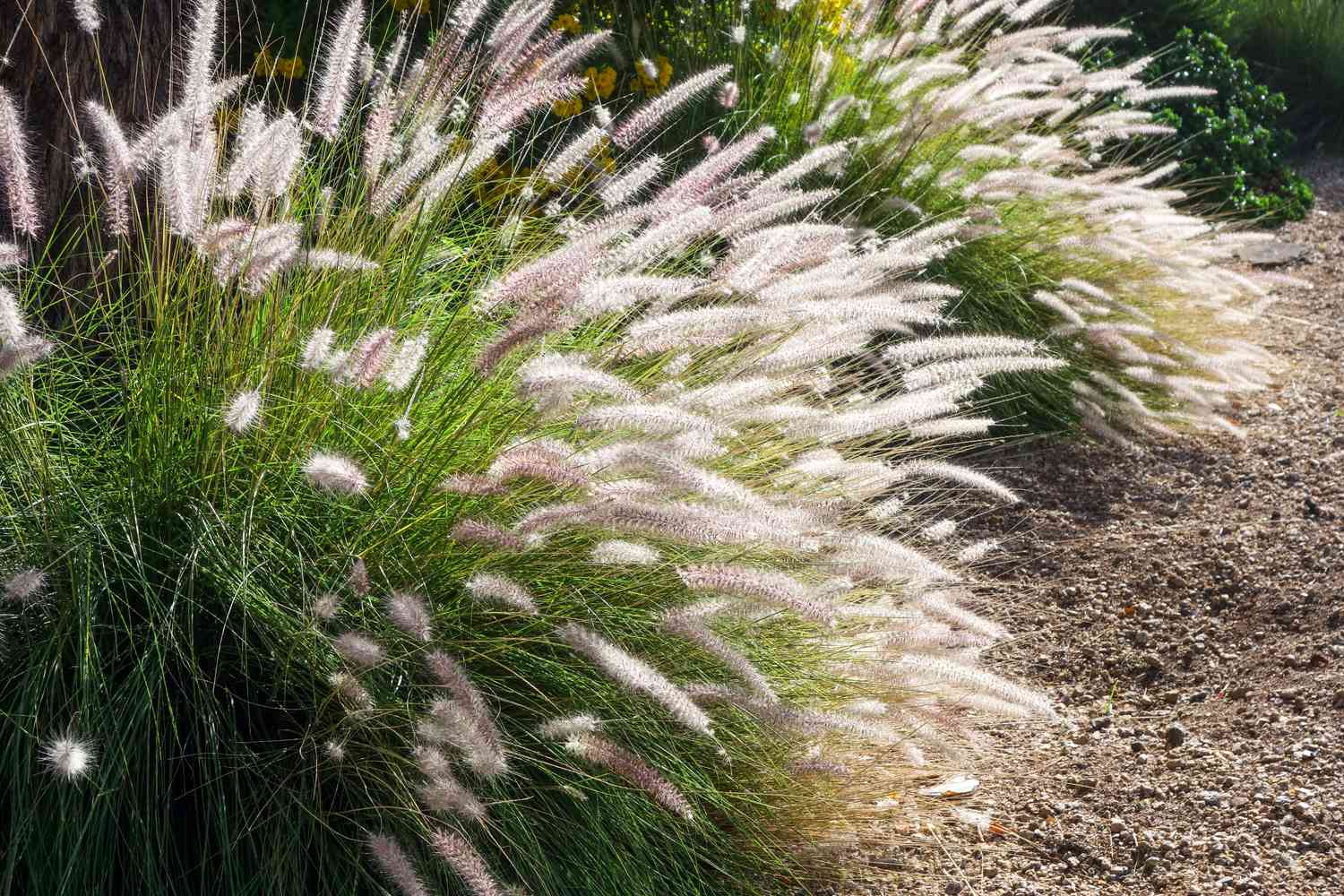

Landscaping Ideas
How To Grow Decorative Grass
Modified: February 18, 2024
Discover expert landscaping ideas on how to grow decorative grass to enhance your outdoor space. Get tips and inspiration for creating a stunning landscape design.
(Many of the links in this article redirect to a specific reviewed product. Your purchase of these products through affiliate links helps to generate commission for Storables.com, at no extra cost. Learn more)
Introduction
Welcome to the wonderful world of decorative grasses! These versatile and visually appealing plants can add texture, movement, and color to your landscape, making them a popular choice for gardeners and landscapers alike. Whether you’re looking to create a serene ornamental garden, add interest to a dull corner of your yard, or enhance the overall aesthetic of your outdoor space, decorative grasses offer a wide range of options to suit your needs.
In this comprehensive guide, we’ll explore everything you need to know about growing and caring for decorative grasses. From selecting the right grass species to planting, watering, and maintenance tips, we’ll cover all the essential aspects to help you cultivate a stunning display of ornamental grasses in your garden. Additionally, we’ll delve into creative uses for decorative grasses, providing inspiration for incorporating these beautiful plants into various landscaping projects.
Whether you’re a seasoned gardener or a novice enthusiast, this guide will equip you with the knowledge and inspiration to make the most of decorative grasses in your outdoor space. So, let’s dive in and discover the art of growing and enjoying these captivating plants!
Key Takeaways:
- Choose the right decorative grass based on your climate, desired height, color, texture, growth habit, and light requirements to create a visually stunning and cohesive landscape design.
- Incorporate decorative grasses creatively in your outdoor space, such as using them for border plantings, focal points, privacy screening, around water features, and in container plantings, to elevate the visual appeal and functionality of your landscape.
Read more: How To Grow Wheatgrass
Choosing the Right Grass
When it comes to selecting decorative grasses for your landscape, there are several factors to consider to ensure the best results. The wide variety of grass species available offers different colors, textures, and growth habits, allowing you to create diverse and visually appealing arrangements. Here are some key considerations to keep in mind when choosing the right grass for your garden:
- Climate and Hardiness: Start by considering your local climate and the hardiness zone in which you reside. Certain grass species thrive in specific climate conditions, so it’s essential to choose varieties that are well-suited to your region’s temperature and rainfall patterns.
- Height and Spread: Determine the desired height and spread of the grasses based on your landscaping goals. Whether you prefer low-growing ground cover or tall, dramatic plumes, there are grass species to accommodate various height preferences.
- Color and Texture: Explore the diverse color palettes and textures offered by different grass varieties. From vibrant greens to striking reds and yellows, as well as fine, delicate blades to bold, broad leaves, there’s a wide spectrum of visual appeal to choose from.
- Growth Habit: Consider the growth habit of the grasses, whether they form clumps, spread through rhizomes, or cascade gracefully. Understanding their growth patterns will help you plan and design your landscape effectively.
- Light Requirements: Assess the sunlight conditions in your garden to ensure that the selected grass species align with the available light. Some grasses thrive in full sun, while others prefer partial shade, so it’s crucial to match their light requirements with your garden’s environment.
By carefully evaluating these factors, you can narrow down your options and choose the most suitable decorative grasses for your specific landscape needs. Whether you’re aiming for a cohesive color scheme, a mix of contrasting textures, or a combination of heights for visual interest, the right selection of grass species will form the foundation of a stunning ornamental display in your garden.
Planting Decorative Grass
Once you’ve chosen the perfect decorative grasses for your landscape, it’s time to embark on the exciting process of planting them to create a visually captivating and harmonious outdoor space. Proper planting techniques are essential to ensure the healthy establishment and growth of decorative grasses. Here’s a step-by-step guide to planting decorative grasses in your garden:
- Site Preparation: Begin by preparing the planting site. Clear the area of any debris, weeds, or unwanted vegetation. Loosen the soil to a depth of at least 12 inches to promote good root penetration and drainage.
- Choosing the Right Time: Plant decorative grasses in the spring or early fall to allow them to establish their root systems before the onset of extreme temperatures. Avoid planting during the hot summer months or the freezing winter season.
- Digging the Hole: Dig a hole that is twice as wide as the root ball of the grass and of the same depth. This provides ample space for the roots to spread out and establish themselves in the soil.
- Planting Depth: Place the grass in the center of the hole at the same depth it was previously growing. Ensure that the crown of the grass (where the stems meet the roots) is level with the soil surface.
- Backfilling and Watering: Gently backfill the hole with soil, tamping it down lightly to remove air pockets. Water the newly planted grass thoroughly to settle the soil and provide essential moisture for the roots.
- Mulching: Apply a layer of organic mulch around the base of the grass to conserve moisture, suppress weed growth, and insulate the soil. Keep the mulch a few inches away from the grass stems to prevent moisture-related issues.
- Watering and Care: Water the newly planted grass regularly, especially during the first growing season, to support root establishment. Monitor the soil moisture and adjust the watering frequency based on the weather conditions.
By following these planting guidelines, you can ensure that your decorative grasses have the best possible start in their new environment. With proper care and attention, they will flourish and contribute to the beauty and allure of your landscape for years to come.
Watering and Fertilizing
Proper watering and fertilizing practices are essential for maintaining the health and vitality of decorative grasses, ensuring lush growth and vibrant colors in your landscape. By understanding the specific needs of these plants and implementing appropriate watering and fertilizing routines, you can support their long-term well-being. Here’s a comprehensive guide to watering and fertilizing decorative grasses:
Watering
Decorative grasses generally prefer well-drained soil and moderate moisture levels. While they are often drought-tolerant once established, consistent watering is crucial, especially during their initial growth phase. Here are some key points to consider when watering decorative grasses:
- Established Grasses: Once decorative grasses are well-established, they typically require minimal watering, as they can adapt to various soil conditions and moderate drought. However, during prolonged dry spells, it’s beneficial to provide supplemental watering to maintain their vigor and visual appeal.
- Newly Planted Grasses: Newly planted decorative grasses need regular watering to support root establishment. Keep the soil evenly moist, but not waterlogged, during the first growing season to facilitate healthy growth and development.
- Watering Frequency: Monitor the soil moisture and adjust the watering frequency based on the weather conditions. In hot and dry periods, increase the frequency of watering, while reducing it during cooler and wetter spells to prevent waterlogging.
- Early Morning Watering: Water decorative grasses in the early morning to allow foliage to dry during the day, reducing the risk of fungal diseases. Avoid watering in the evening, as prolonged moisture on the leaves can promote fungal issues.
Read more: How To Grow Grass In Oklahoma
Fertilizing
When it comes to fertilizing decorative grasses, a balanced approach is key to promoting healthy growth without encouraging excessive foliage at the expense of blooms or ornamental features. Consider the following guidelines for fertilizing your decorative grasses:
- Slow-Release Fertilizer: Use a slow-release, granular fertilizer formulated for ornamental grasses to provide a steady supply of nutrients over an extended period. Apply the fertilizer in early spring as new growth emerges, following the manufacturer’s recommended application rates.
- Avoid Excessive Nitrogen: Limit the use of high-nitrogen fertilizers, as they can stimulate excessive leafy growth at the expense of flowering or the characteristic ornamental features of certain grass species.
- Organic Options: Consider organic fertilizers, such as compost or well-decomposed manure, as natural alternatives to synthetic products. These organic amendments enrich the soil and promote overall soil health, benefiting the decorative grasses in the long run.
- Observation and Adjustment: Monitor the growth and appearance of your decorative grasses after fertilization. If you notice excessive foliage growth with limited ornamental value, adjust the fertilization regimen accordingly to strike a balance between vigor and aesthetics.
By adhering to these watering and fertilizing guidelines, you can nurture healthy, vibrant decorative grasses that contribute to the visual splendor of your landscape while thriving in their designated environment.
Pruning and Maintenance
Pruning and maintenance play a crucial role in preserving the aesthetic appeal and overall health of decorative grasses, ensuring that they remain attractive and vibrant throughout the growing season. By incorporating proper pruning techniques and regular maintenance practices, you can promote vigorous growth and maintain the desired shape and appearance of these ornamental plants. Here’s a comprehensive guide to pruning and maintaining decorative grasses:
Pruning
Pruning decorative grasses is essential for removing old foliage, promoting new growth, and maintaining their distinctive form and structure. The timing and approach to pruning may vary depending on the specific grass species and the desired visual effect. Consider the following pruning guidelines for decorative grasses:
- Spring Pruning: In late winter or early spring, before new growth emerges, trim back the old foliage of decorative grasses to a few inches above the ground. Use sharp, clean pruners or hedge shears to achieve a neat and uniform appearance.
- Cutting Height: When pruning, consider the recommended cutting height for the specific grass species. Some grasses benefit from being pruned low to the ground to stimulate fresh growth, while others may require leaving a slightly taller stubble for protection against late frosts.
- Division and Rejuvenation: Periodically divide overgrown clumps of decorative grasses to rejuvenate their vigor and prevent the center from becoming bare and unproductive. Dividing the plants every few years also allows you to propagate new specimens for expansion or sharing with fellow gardening enthusiasts.
- Deadheading: If your decorative grasses produce flowering plumes, deadhead the spent blooms to maintain a tidy appearance and redirect the plant’s energy towards new growth rather than seed production.
Maintenance
Regular maintenance tasks are essential for the ongoing care and upkeep of decorative grasses, ensuring their continued health and visual appeal. Incorporate the following maintenance practices into your gardening routine to support the optimal growth and appearance of these ornamental plants:
- Weed Control: Keep the area around decorative grasses free of weeds to prevent competition for nutrients, moisture, and space. Regularly inspect the planting bed and remove any unwanted vegetation that may encroach on the grasses’ territory.
- Soil Amendment: Periodically enrich the soil around decorative grasses with organic matter, such as compost or well-rotted manure, to maintain soil fertility and structure. This practice supports the long-term health and vitality of the plants.
- Pest and Disease Monitoring: Routinely inspect the grasses for signs of pests or diseases, addressing any issues promptly to prevent them from spreading and causing harm. Keep an eye out for common pests like aphids and grasshoppers, as well as fungal diseases that may affect the foliage.
- Seasonal Cleanup: Conduct a thorough cleanup of decorative grasses in late winter or early spring, removing any dead or damaged foliage, as well as accumulated debris, to prepare the plants for the upcoming growing season.
By incorporating proper pruning techniques and regular maintenance practices, you can ensure that your decorative grasses maintain their visual allure and contribute to the overall splendor of your landscape throughout the year.
Read more: How To Grow Lemongrass Plant
Common Pests and Diseases
While decorative grasses are generally low-maintenance and resilient, they are susceptible to certain pests and diseases that can impact their health and appearance. Understanding the common issues that may affect these ornamental plants empowers you to identify and address potential problems in a timely manner, safeguarding the vitality and visual appeal of your grasses. Here’s an overview of common pests and diseases that may afflict decorative grasses:
Pests
Several pests can pose a threat to decorative grasses, potentially causing damage to the foliage and compromising the overall health of the plants. Here are some common pests to watch out for:
- Aphids: These small, soft-bodied insects may cluster on the stems and leaves of decorative grasses, sucking sap from the plant and causing stunted growth and distorted foliage. Regularly inspect the grasses for aphid infestations and employ appropriate control measures, such as spraying with insecticidal soap.
- Grasshoppers: These voracious feeders can consume significant portions of decorative grass foliage, leading to visible damage and reduced plant vigor. Physical exclusion methods, such as netting, and targeted insecticides can help manage grasshopper populations and protect the grasses.
- Spider Mites: These minuscule pests can infest decorative grasses, causing stippling and discoloration of the leaves as they feed on plant juices. Regularly hose down the grasses to dislodge spider mites and apply horticultural oil to control their populations.
Diseases
Various fungal diseases can affect decorative grasses, particularly in conditions of high humidity and poor air circulation. Being vigilant for signs of disease and implementing preventive measures are essential for maintaining the health and vigor of the plants. Here are some common diseases that may impact decorative grasses:
- Fungal Leaf Spots: These unsightly spots on the foliage of decorative grasses are often caused by fungal pathogens favored by moist conditions. To mitigate fungal leaf spots, avoid overhead watering, improve air circulation, and remove and destroy affected plant material.
- Powdery Mildew: This powdery white fungal growth can develop on the leaves of decorative grasses, leading to a decline in aesthetic appeal. Prune out and dispose of infected plant parts, and apply fungicidal treatments to manage powdery mildew outbreaks.
- Rust: Rust diseases can manifest as orange, yellow, or brown pustules on the leaves of decorative grasses, causing aesthetic damage and weakening the plants. Implement proper sanitation and fungicidal applications to control rust and prevent its spread.
By staying vigilant for signs of pests and diseases, promptly addressing any issues that arise, and implementing preventive measures, you can protect your decorative grasses from common threats and ensure their continued vitality and visual appeal in your landscape.
Creative Uses for Decorative Grass
Decorative grasses offer a myriad of creative possibilities for enhancing the visual appeal and functionality of outdoor spaces. Their diverse textures, colors, and growth habits make them versatile and valuable components in landscaping and garden design. Whether you’re aiming to introduce a sense of movement, add architectural interest, or create a tranquil ambiance, decorative grasses can be utilized in various imaginative ways to elevate the overall aesthetic of your landscape. Here are some creative uses for decorative grasses that will inspire you to integrate these captivating plants into your outdoor environment:
Read more: How To Grow Grass With Seeds
Border Plantings
Utilize decorative grasses as striking border plantings to delineate garden beds, pathways, or outdoor living areas. Their graceful foliage and varying heights can create soft, natural boundaries that add structure and visual interest to the landscape. Whether used in formal or informal garden designs, ornamental grass borders provide a seamless transition between different areas while infusing a touch of elegance and movement.
Focal Points and Accents
Introduce decorative grasses as focal points or accents within the garden to draw attention and create captivating visual compositions. Taller grass species with striking plumes can serve as eye-catching focal elements, commanding attention and adding vertical interest to the landscape. Smaller grasses, such as those with colorful foliage or unique textures, can be strategically placed as accents to punctuate garden beds, rock gardens, or container arrangements, infusing charm and character into the surroundings.
Privacy Screening
Explore the potential of tall, dense ornamental grasses for creating natural privacy screens and windbreaks in outdoor spaces. Their feathery foliage and swaying movement provide an effective and aesthetically pleasing alternative to traditional fencing or barriers. Whether used to shield private areas, soften harsh architectural features, or mitigate wind exposure, decorative grasses contribute to a sense of seclusion and tranquility while harmonizing with the surrounding landscape.
Water Features and Ponds
Incorporate decorative grasses around water features, ponds, or streams to introduce a touch of softness and natural beauty to aquatic environments. The graceful, reflective qualities of water complement the gentle rustling of grasses, creating a serene and tranquil atmosphere. Additionally, the strategic placement of ornamental grasses around water features can help integrate them seamlessly into the broader landscape, enhancing the overall visual cohesion of the outdoor setting.
Read more: How To Grow Sweet Grass
Container Plantings
Embrace the versatility of decorative grasses by incorporating them into container plantings, such as large pots, troughs, or raised planters. Their ornamental appeal and adaptability make them ideal candidates for adding vertical interest and textural contrast to container gardens. Whether used as standalone specimens or combined with complementary flowering plants, grasses bring a dynamic and contemporary flair to outdoor living spaces, patios, and balconies.
By exploring these creative uses for decorative grasses, you can unlock their potential to transform and elevate the visual impact of your outdoor environment, infusing it with beauty, texture, and a sense of natural artistry.
Conclusion
As we conclude our exploration of decorative grasses, it’s evident that these captivating plants offer a wealth of opportunities to enrich and enliven outdoor spaces. From their diverse textures and colors to their graceful movements in the breeze, decorative grasses bring a unique blend of visual appeal and functional versatility to landscapes and gardens. By incorporating the knowledge and insights shared in this guide, you can embark on a journey of cultivating and enjoying the beauty of decorative grasses in your own outdoor haven.
From the initial step of choosing the right grass species that align with your climate, aesthetic preferences, and landscaping goals to the rewarding process of planting, nurturing, and maintaining these ornamental plants, each stage contributes to the creation of a harmonious and visually stunning landscape. The careful selection of grass varieties, coupled with proper planting techniques, watering routines, and maintenance practices, sets the stage for a flourishing display of decorative grasses that enhances the overall allure of your outdoor environment.
Moreover, the creative uses for decorative grasses extend beyond mere aesthetics, encompassing practical applications such as privacy screening, border plantings, and accentuating water features. Their adaptability and ability to evoke a sense of natural artistry make them invaluable elements in garden design, allowing you to infuse your landscape with movement, texture, and tranquility.
As you embark on your journey with decorative grasses, remember that the process is as rewarding as the outcome. Embrace the opportunity to experiment with different grass species, explore innovative design concepts, and witness the ever-changing beauty they bring to your outdoor sanctuary throughout the seasons. Whether you’re a seasoned gardener seeking to expand your plant palette or a novice enthusiast eager to embark on a new horticultural adventure, decorative grasses offer a canvas for creativity and a source of inspiration.
Ultimately, the allure of decorative grasses lies in their ability to evoke a sense of natural elegance and tranquility, creating a captivating tapestry that harmonizes with the surrounding landscape. By integrating these enchanting plants into your outdoor space, you can cultivate a haven of beauty, texture, and serenity, where the gentle rustling of grasses and the interplay of light and shadow become a timeless expression of nature’s artistry.
So, embrace the art of growing and enjoying decorative grasses, and let their captivating presence weave a tapestry of natural beauty and tranquility in your outdoor sanctuary.
Frequently Asked Questions about How To Grow Decorative Grass
Was this page helpful?
At Storables.com, we guarantee accurate and reliable information. Our content, validated by Expert Board Contributors, is crafted following stringent Editorial Policies. We're committed to providing you with well-researched, expert-backed insights for all your informational needs.

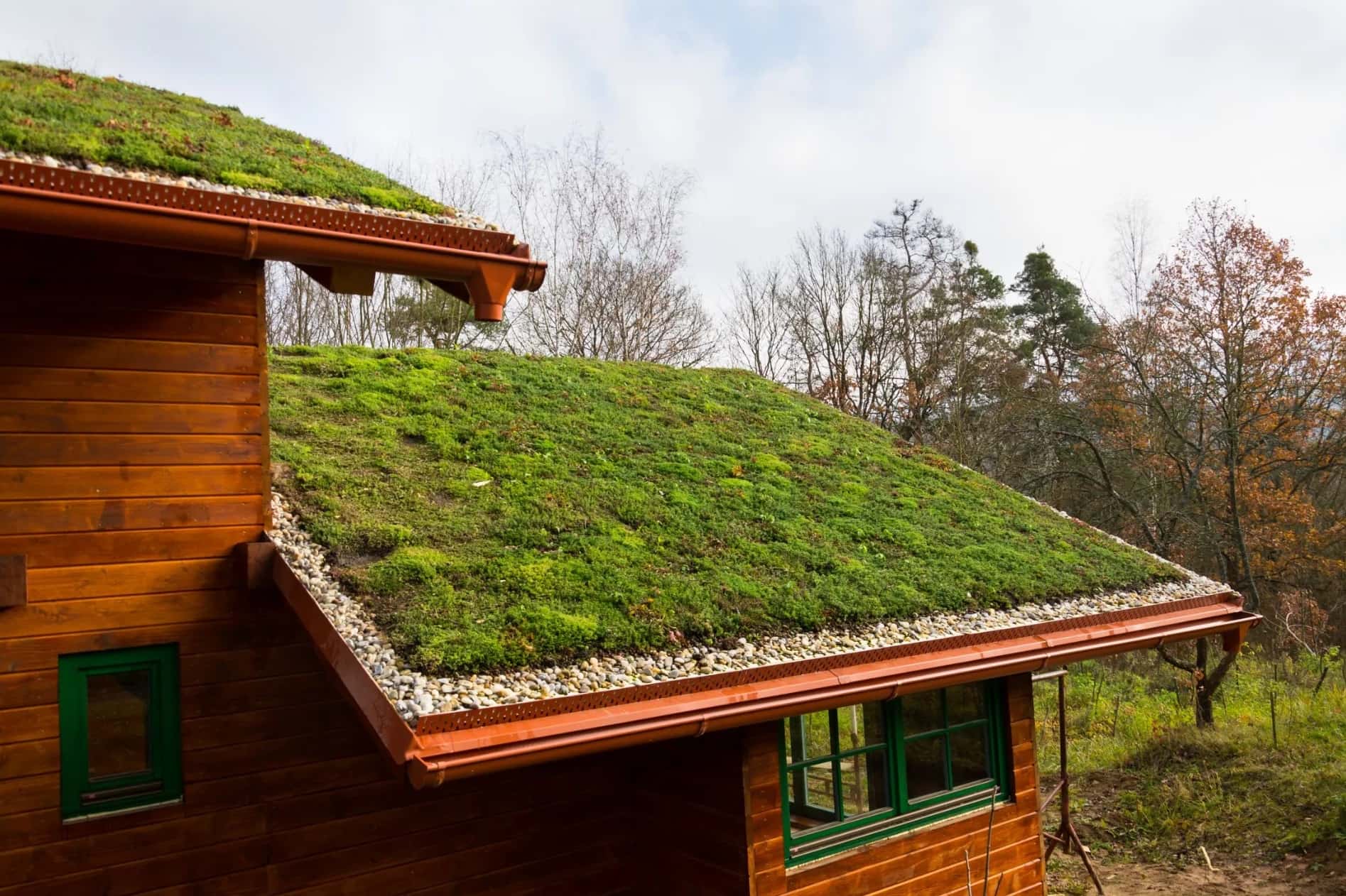
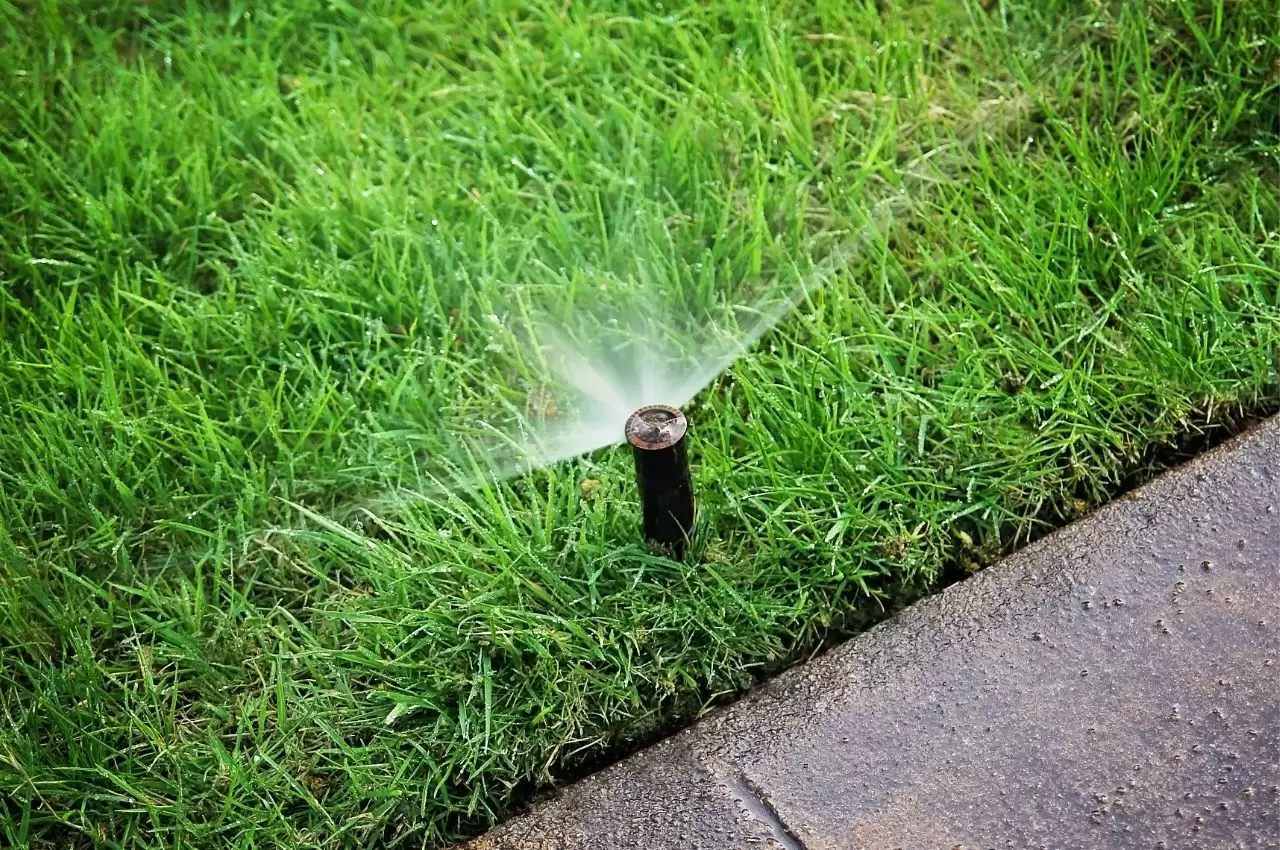
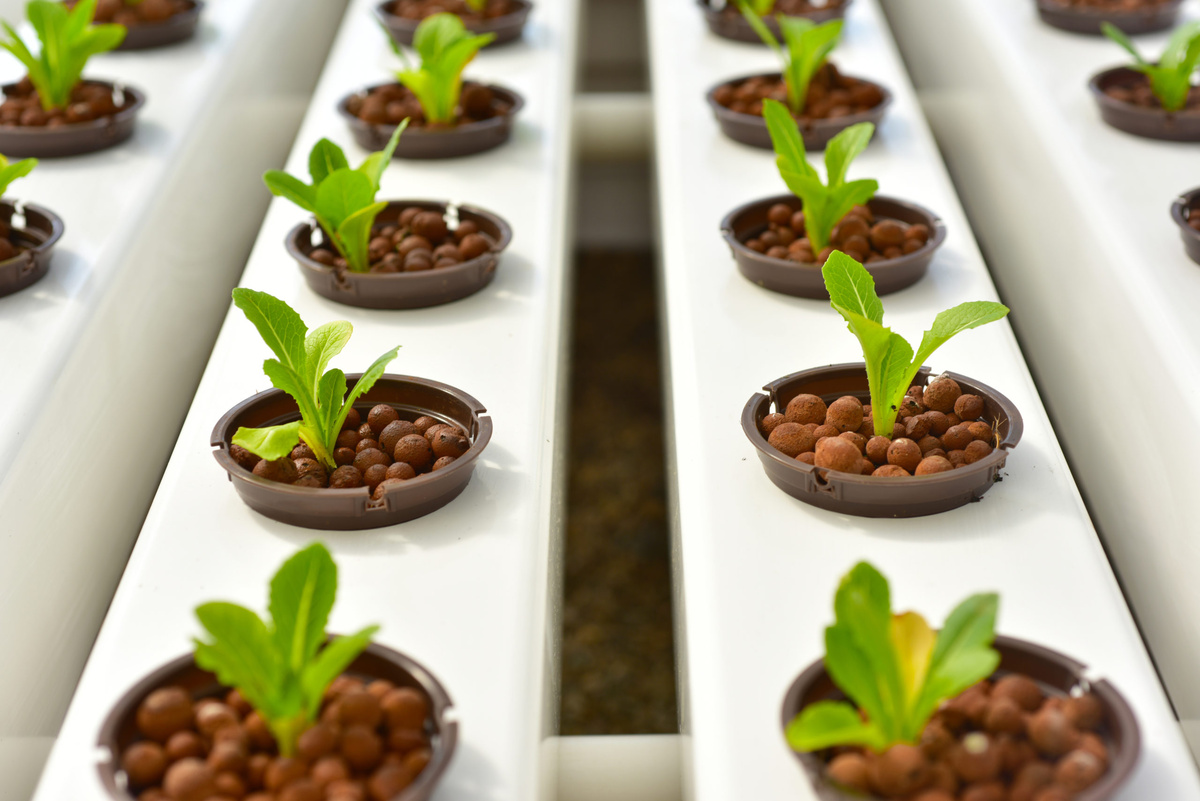
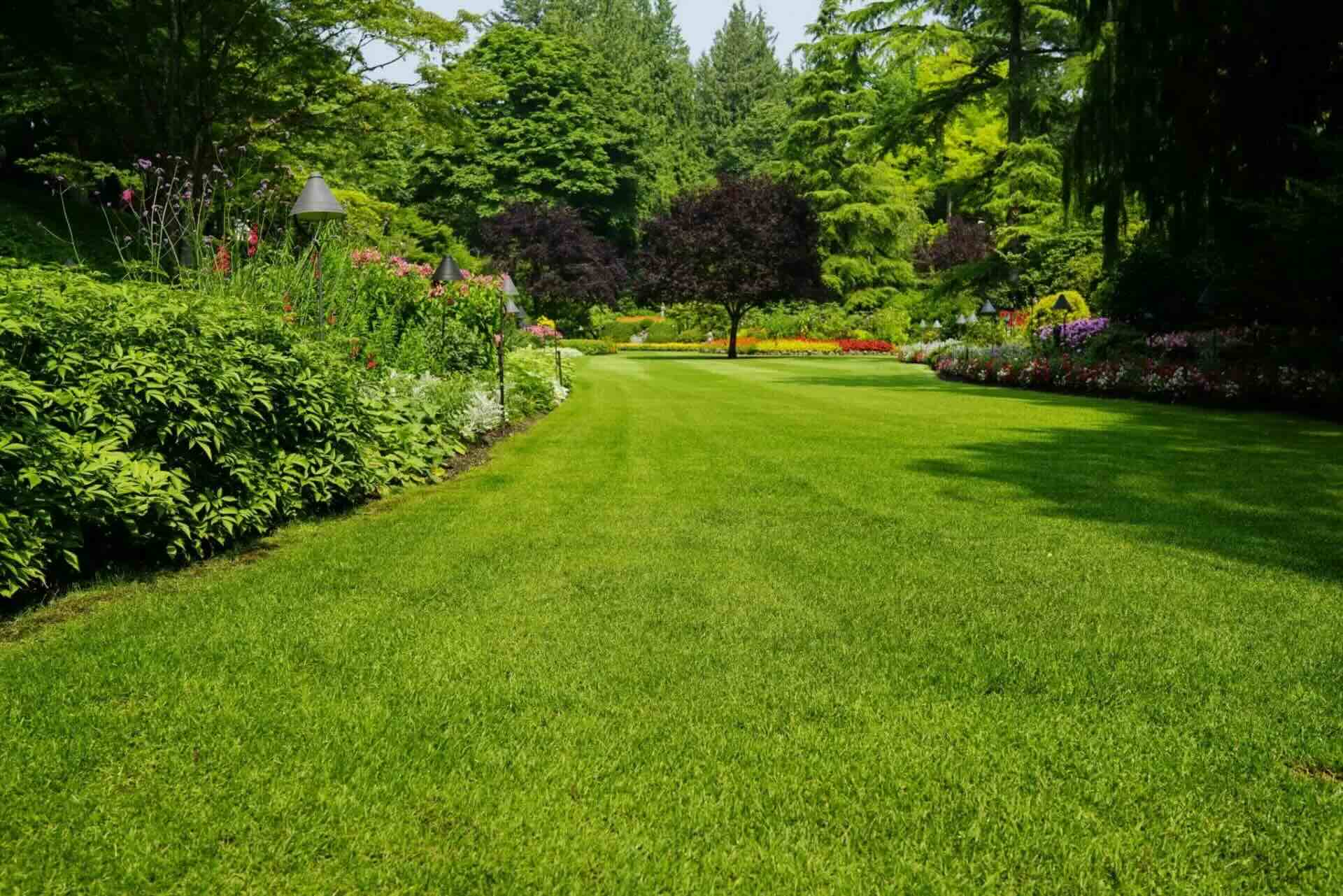
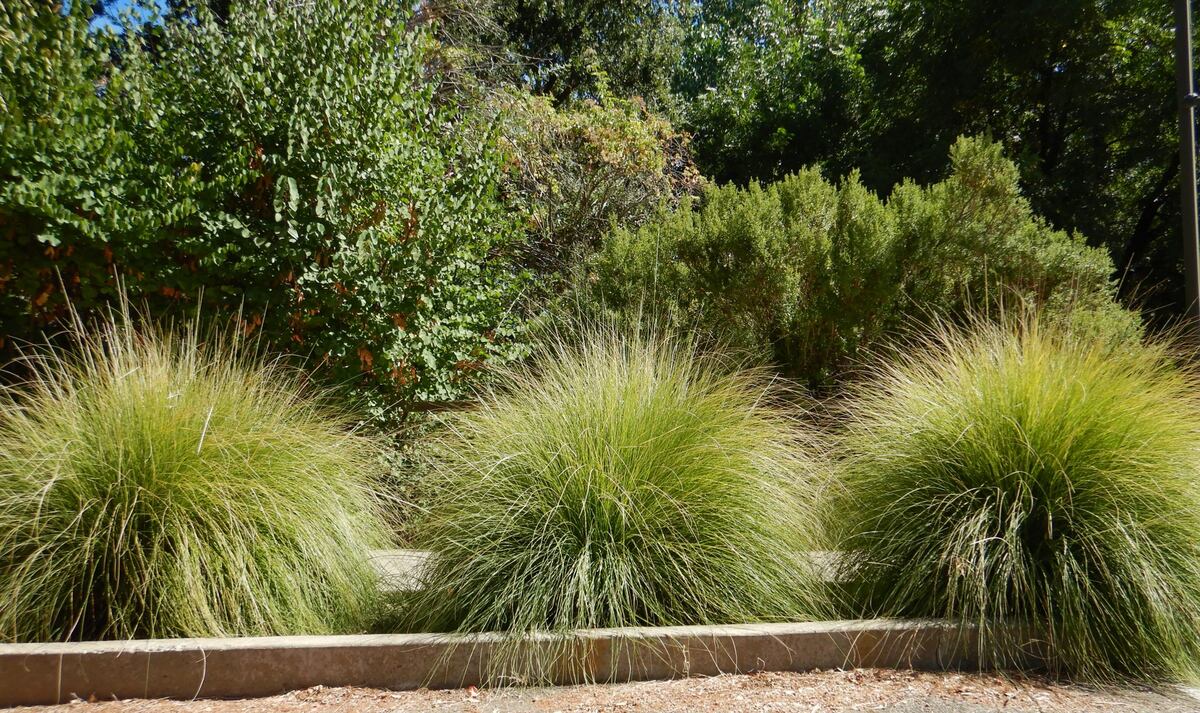
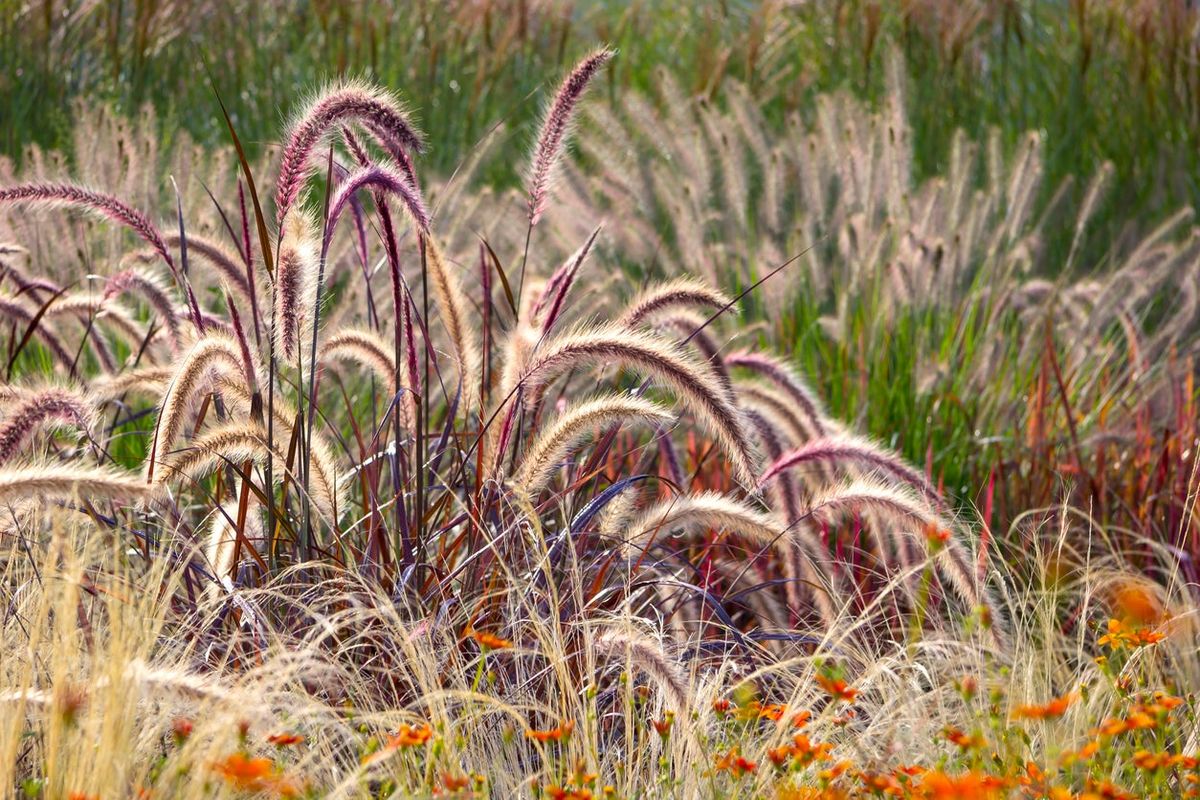
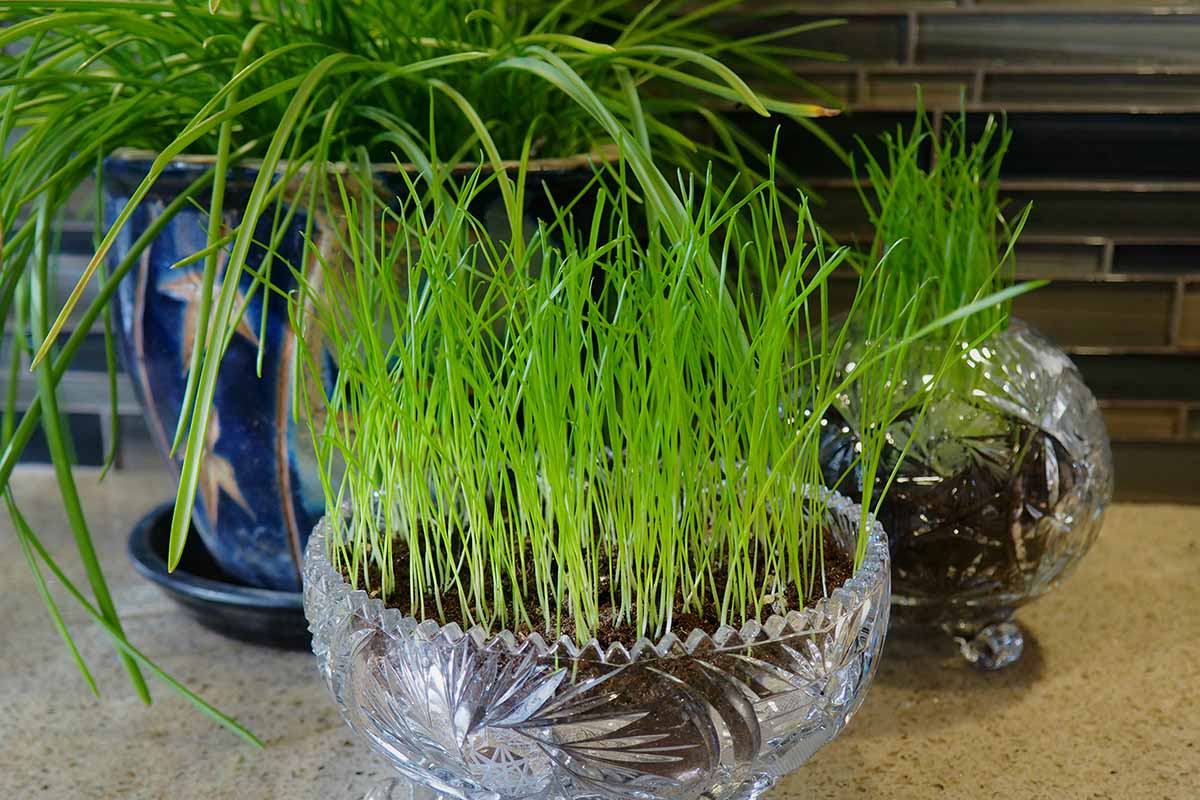

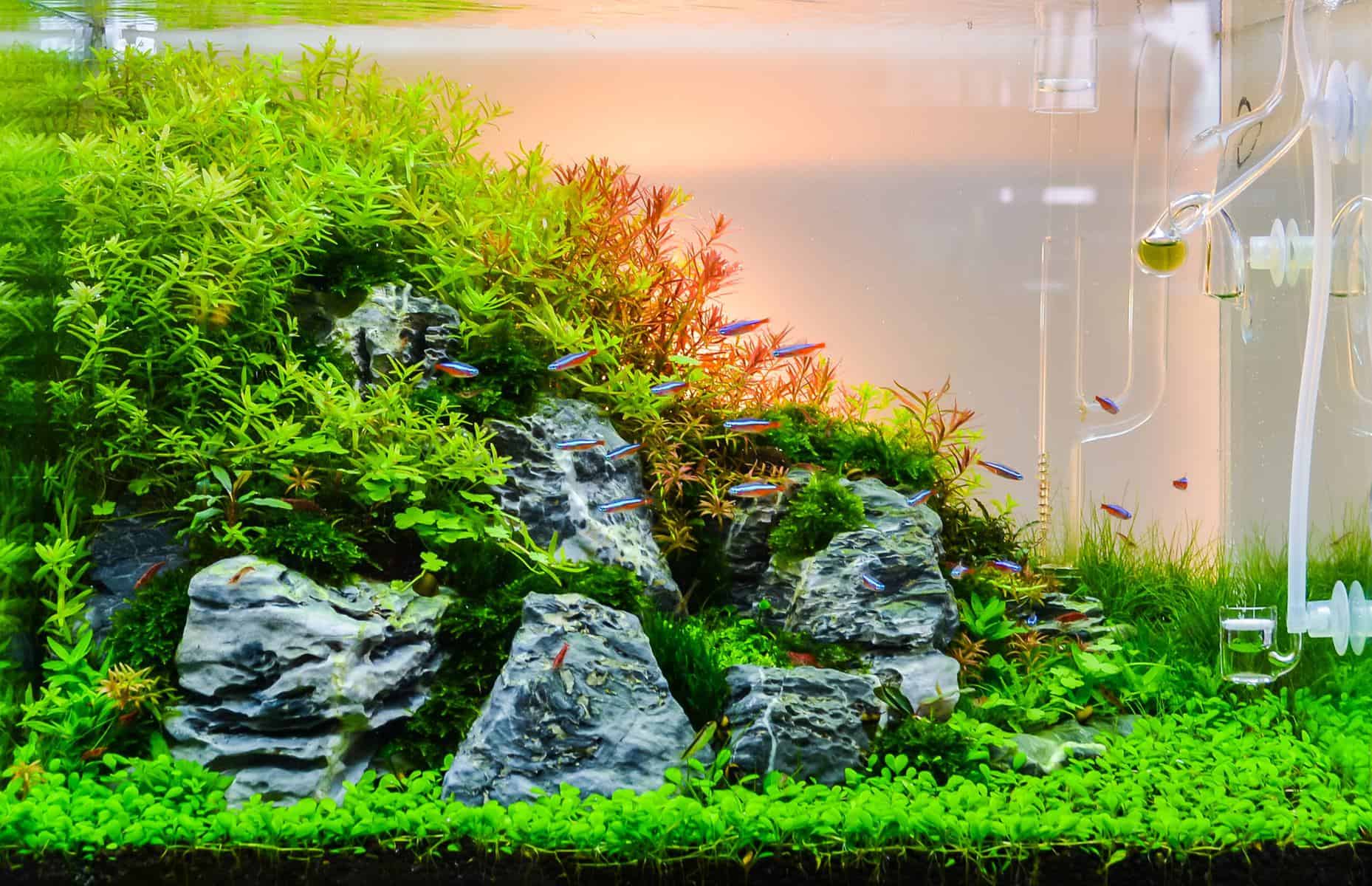
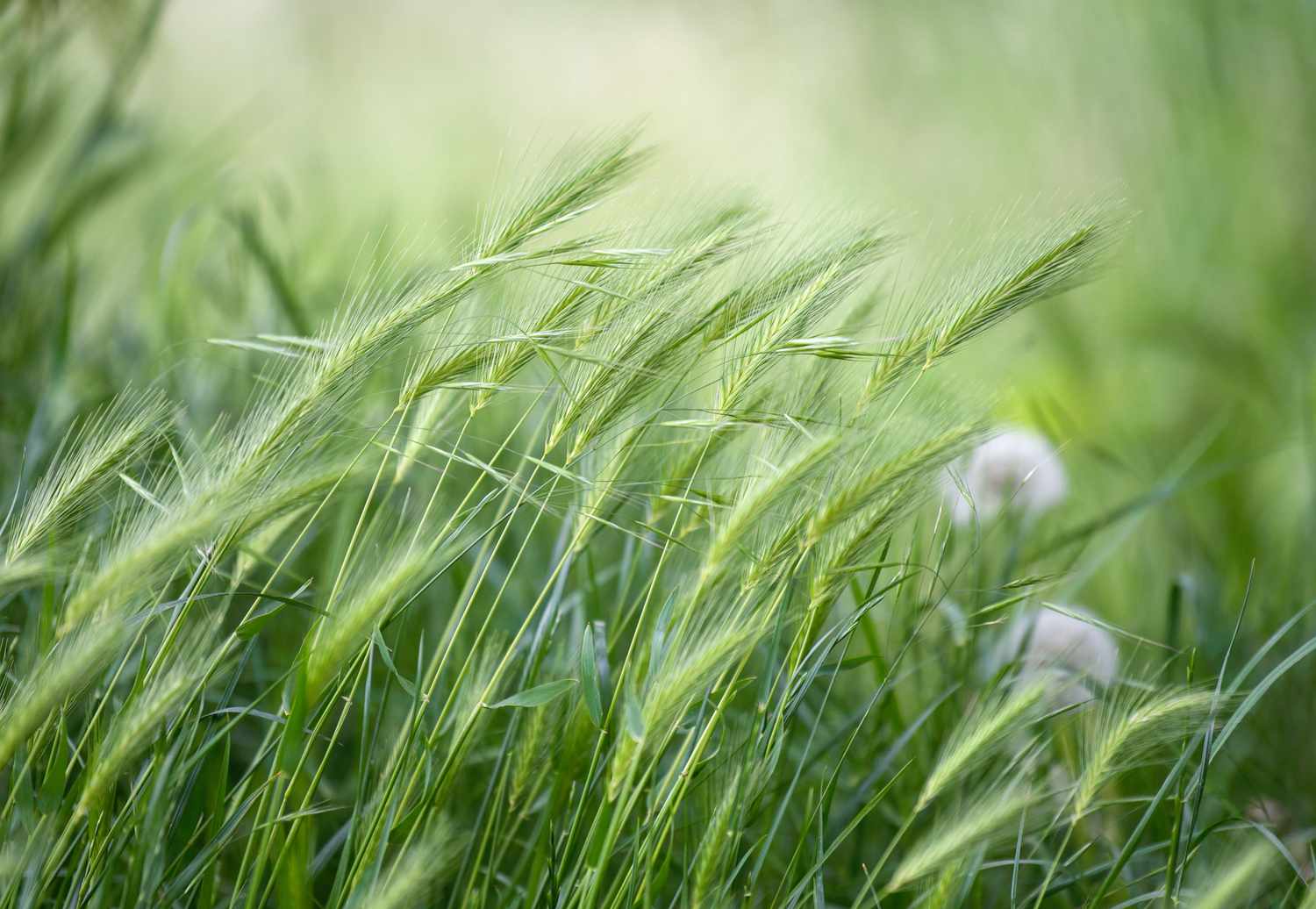

0 thoughts on “How To Grow Decorative Grass”